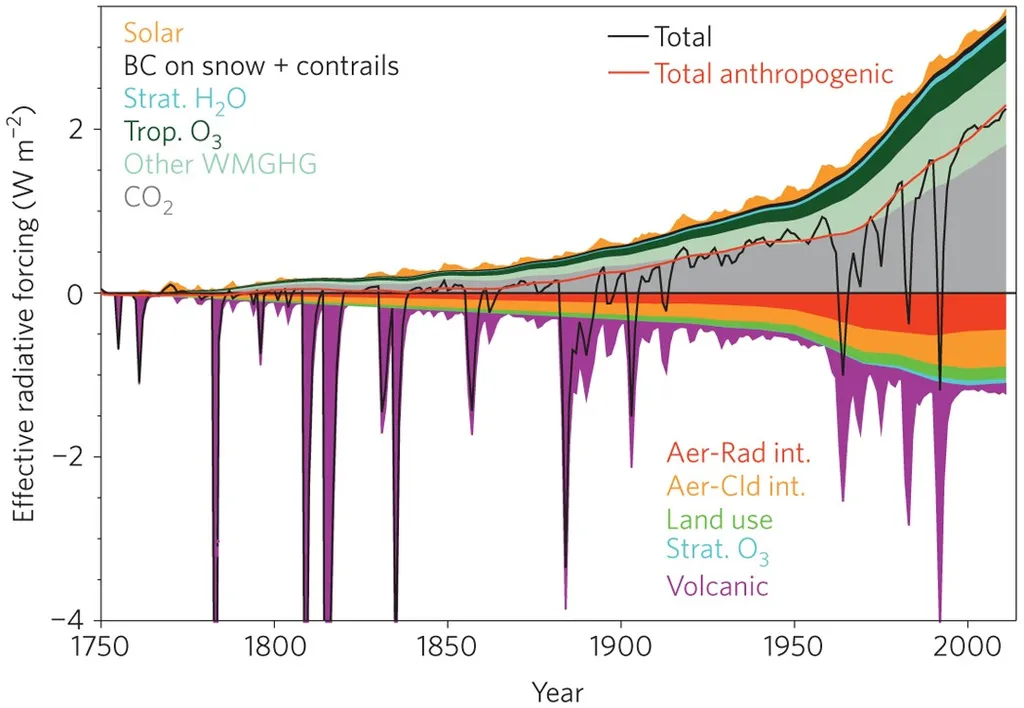In the ever-evolving landscape of signal analysis, researchers are continually seeking innovative methods to extract meaningful insights from complex data. A recent study published in the journal *Entropy*, titled “Including the Magnitude Variability of a Signal in the Ordinal Pattern Analysis,” offers a promising advancement in this field. Led by Melvyn Tyloo from the Living Systems Institute at the University of Exeter, this research introduces a novel approach to enhance the analysis of signals, with potential implications for various industries, including energy.
Ordinal Patterns (OPs) have long been a popular tool for signal analysis due to their simplicity, robustness to noise, and ability to handle short signals. However, one of the major drawbacks of OPs is that they lose information about the magnitude of the signal at each timestamp. Tyloo and his team have developed a method to address this limitation by incorporating the variability in signal magnitudes as a complementary variable to permutation entropy.
“By including the magnitude variability, we can improve the characterization of signals and make the results more explainable,” Tyloo explained. This enhanced approach not only refines the analysis process but also opens up new possibilities for feature engineering and improving AI classifiers. As Tyloo noted, “Typical machine learning algorithms need complementary signal features as inputs to improve classification accuracy.”
The research team demonstrated the effectiveness of their method using both synthetic and real-world signals. Synthetic trajectories from logistic and Hénon maps, with and without added noise, were analyzed to showcase the robustness of the approach. Real-world applications were also explored, including intracranial electroencephalographic recordings from rats in different sleep-wake states and frequency fluctuations in power grids.
For the energy sector, the implications of this research are significant. Accurate signal analysis is crucial for monitoring and managing power grids, predicting equipment failures, and optimizing energy distribution. By improving the characterization of signals, this method can enhance the reliability and efficiency of energy systems. As the energy sector increasingly relies on data-driven decision-making, advancements in signal analysis techniques like this one will be invaluable.
The study’s findings suggest that incorporating magnitude variability into ordinal pattern analysis can lead to more comprehensive and accurate signal interpretations. This approach not only addresses a longstanding limitation of OPs but also paves the way for more sophisticated AI classifiers and machine learning models. As the field of signal analysis continues to evolve, this research offers a promising step forward, with the potential to shape future developments and applications across various industries.
Published in the journal *Entropy*, which translates to “disorder” or “uncertainty” in English, this study highlights the importance of understanding and managing uncertainty in signal analysis. By doing so, researchers and practitioners can unlock new insights and drive innovation in fields ranging from neuroscience to energy management.

